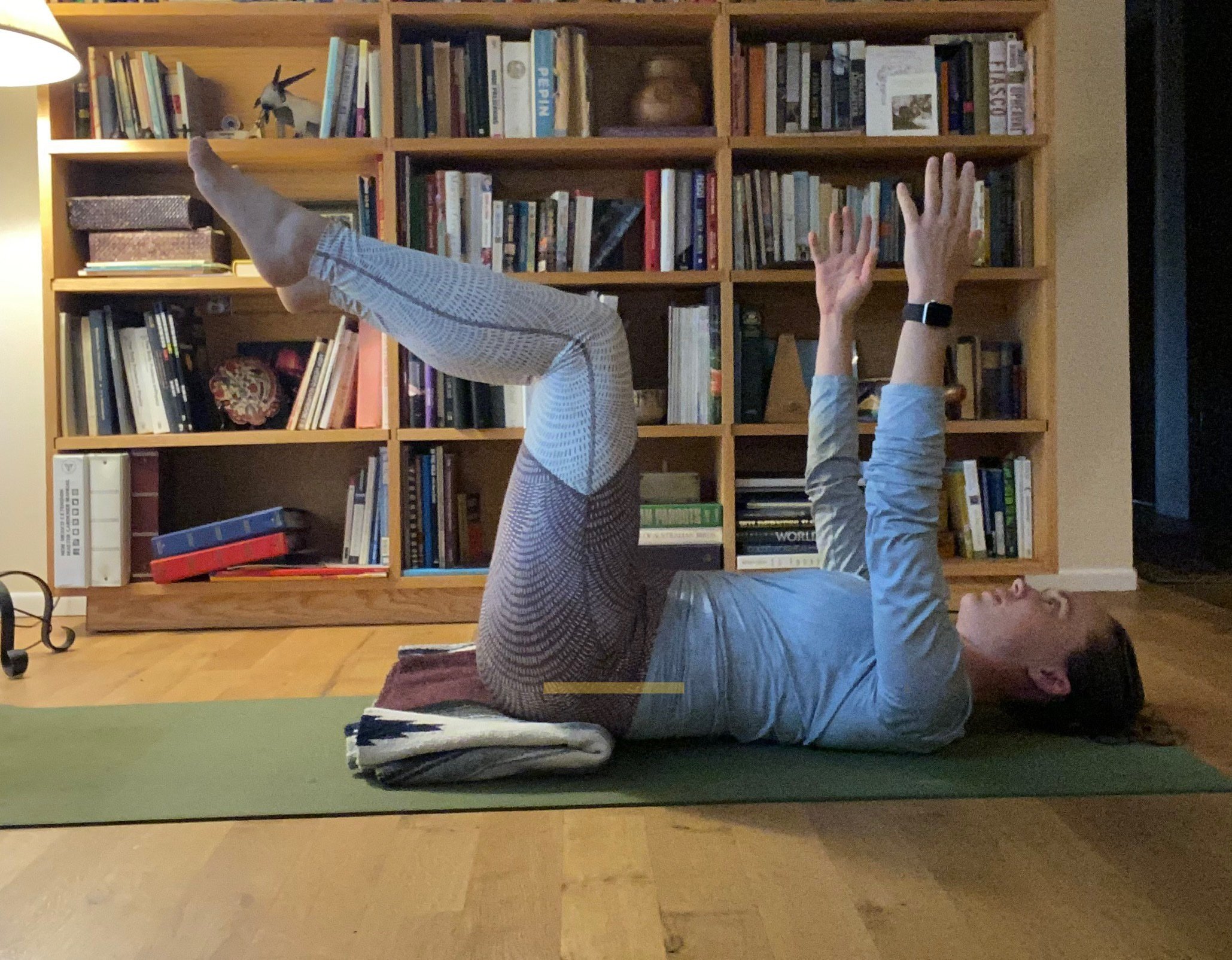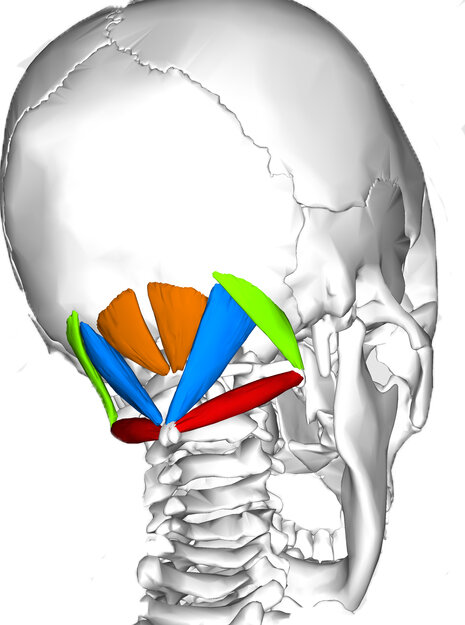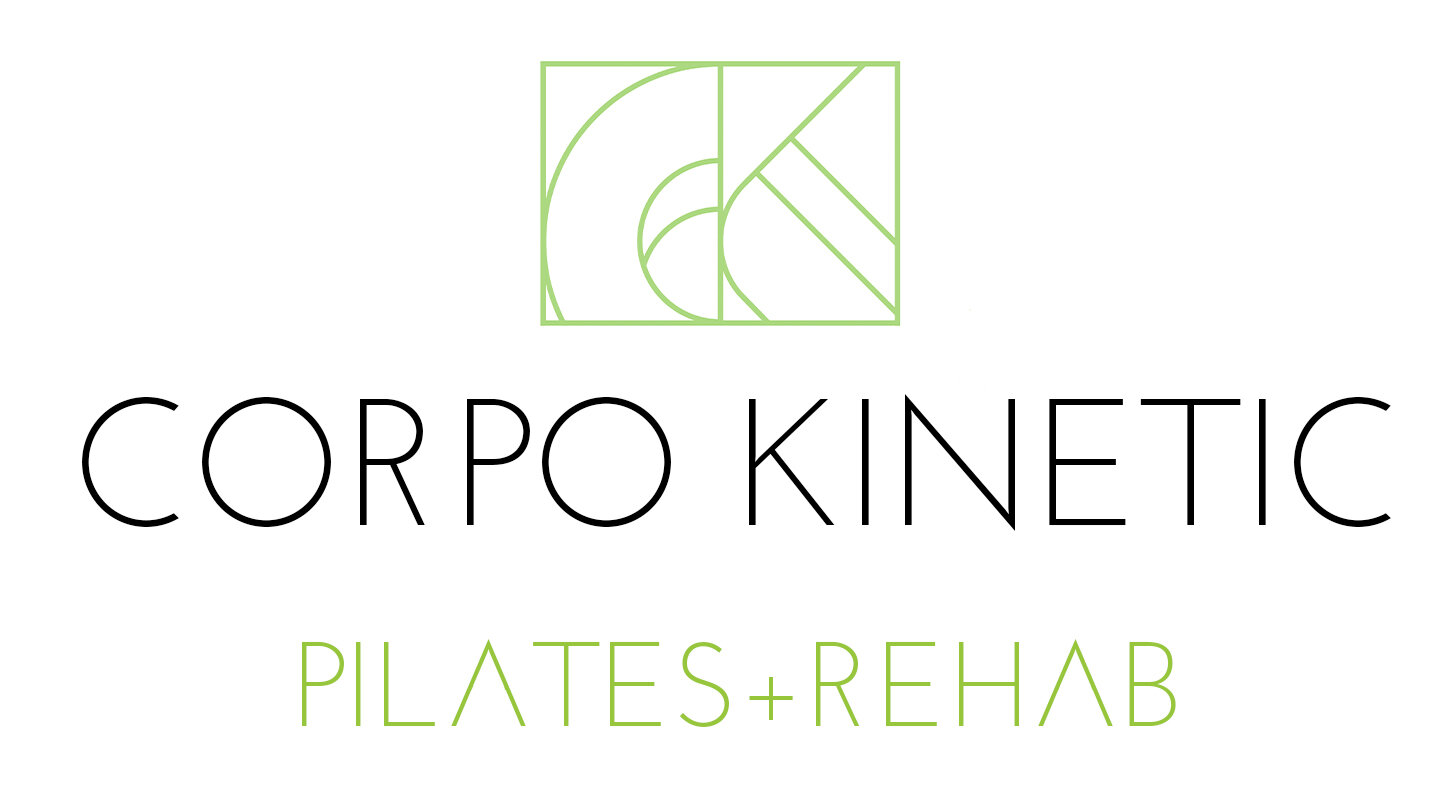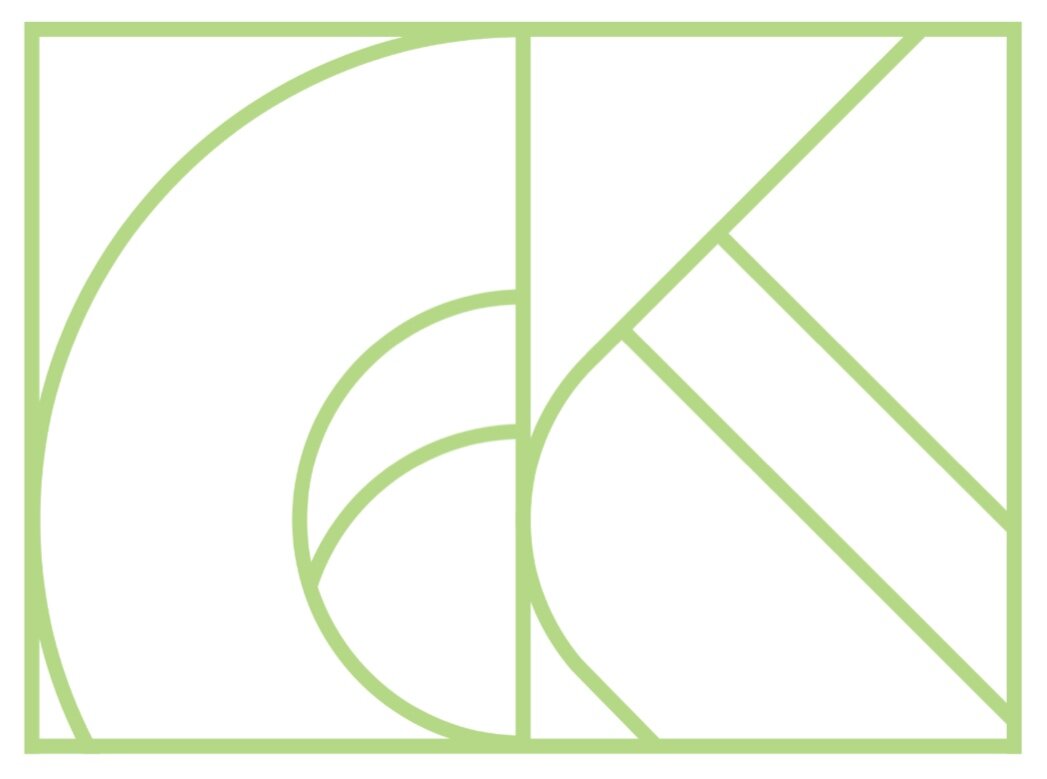
Blog

Neutral Pelvis, Cont.
In our last blog, we discussed the neutral pelvis: why it matters, and how to find your neutral in a variety of positions: sitting, standing, and laying on your back (or supine). Ideally, a neutral pelvis is one from which you can comfortably move, meaning we can effectively work the core and hip muscles without strain on the back or pelvis. Not everyone can comfortably find neutral without props or modifications - sometimes tension in the body, injury, or habitual postal patterns restrict the body’s ability to comfortably be in neutral without strain. If that sounds familiar, read further! This month we’re focusing on ways to prop or modify to make your neutral pelvis feel a little more comfortable, and possibly even a little more familiar.

What’s A Neutral Pelvis? (And Why It Matters)
If you’ve ever taken a Pilates class before, you’ve probably heard the instructor refer to a “neutral pelvis.” In this blog, we’ll explore what we mean by a neutral pelvis, why we focus on it in Pilates, and how to understand what’s happening in your own pelvic alignment.

Five Simple Foot Exercises
As upright beings, our feet are our base of support. There are 26 bones & 33 joints in each foot to allow the feet to absorb and distribute the impact of standing/walking/running throughout the rest of the body…
Treating your feet to added mobility and strength exercises can free up tension in your calves, hamstrings, hips, and spine. The effects of caring for our feet can be felt in the entire body!

Anatomy Moment: The Suboccipital Muscles
The suboccipital muscles are a group of eight tiny muscles - four on the right, four on the left - that attach the skull to the first and second vertebrae in the neck. Anatomical terms can give us a host of information about muscle shape or location, and, in some cases, function. Let’s explore what the suboccipital muscle names tells us…

Your Neck Has a “Core” Too! What is the Longus Colli?
In this month’s blog we’ll dive deeper into the neck & cervical spine: what optimal alignment looks like, what happens when we come out of alignment, and how to realign and strengthen the neck.
Our neck is responsible for moving our head around for us to see and interact with the world. It also serves the vital function of protecting our throat, windpipe, and the blood vessels that supply the brain. If you think about all the super important jobs our neck does, no wonder it occasionally feels tired! It, like the rest of our body, needs a strong core of support.

